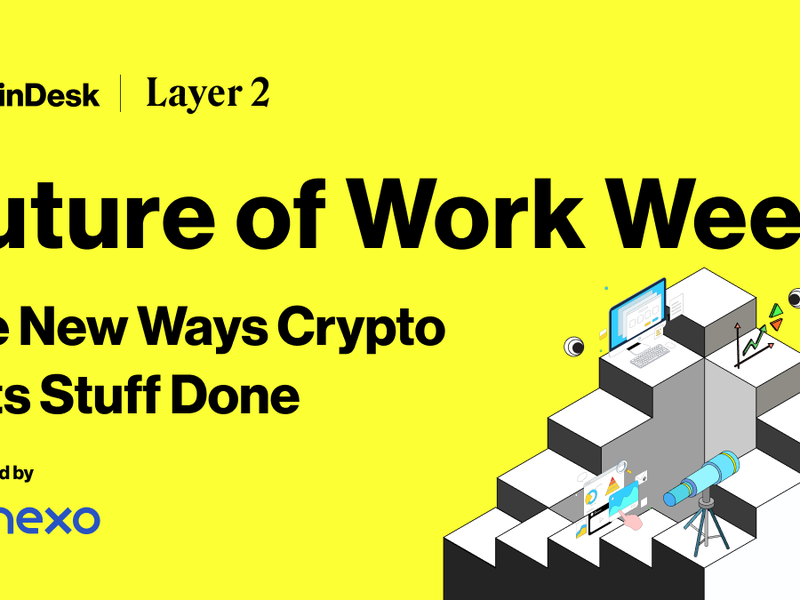
Of course, traditional 9-5 employment, which reached its zenith in the post-war era, has been under threat for years. Automation, outsourcing and offshoring reduced the number of employees companies needed, pushing out workers to contracting, freelancing and temp work. Then came gig work like Uber and the pandemic, which normalized working for oneself at home. About a third of the U.S. workforce, or 51 million people, is now in some kind of “nontraditional employment.” Last year, the number of nontraditional workers jumped 34% from 2020, according to data from MBO Partners.
Source: https://www.coindesk.com/layer2/futureofworkweek/2022/06/27/introducing-future-of-work-week/?utm_medium=referral&utm_source=rss&utm_campaign=headlines
